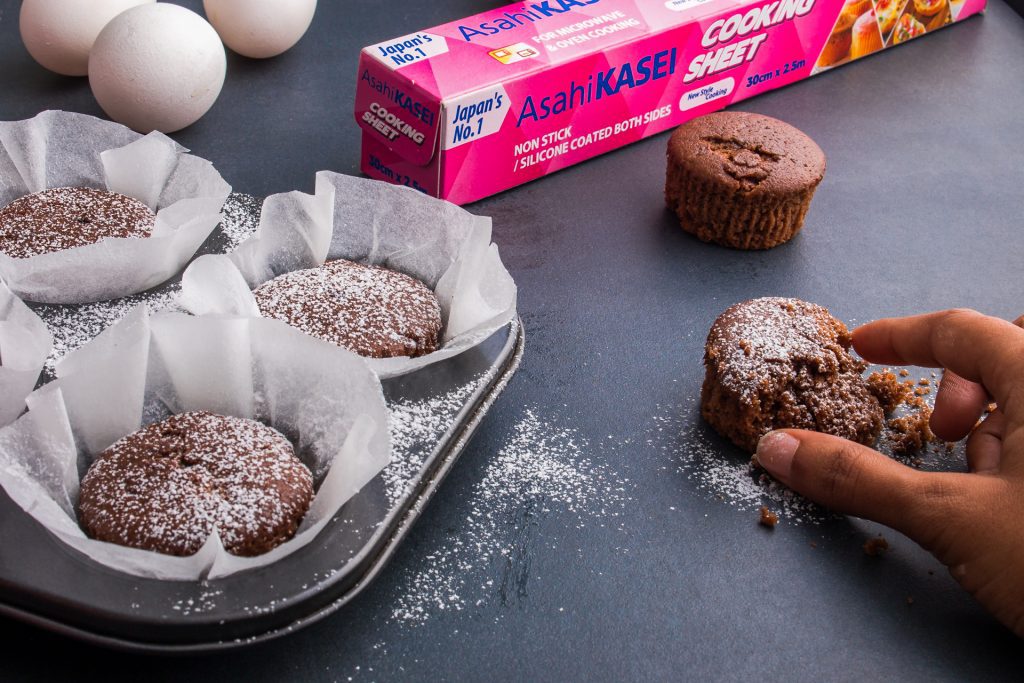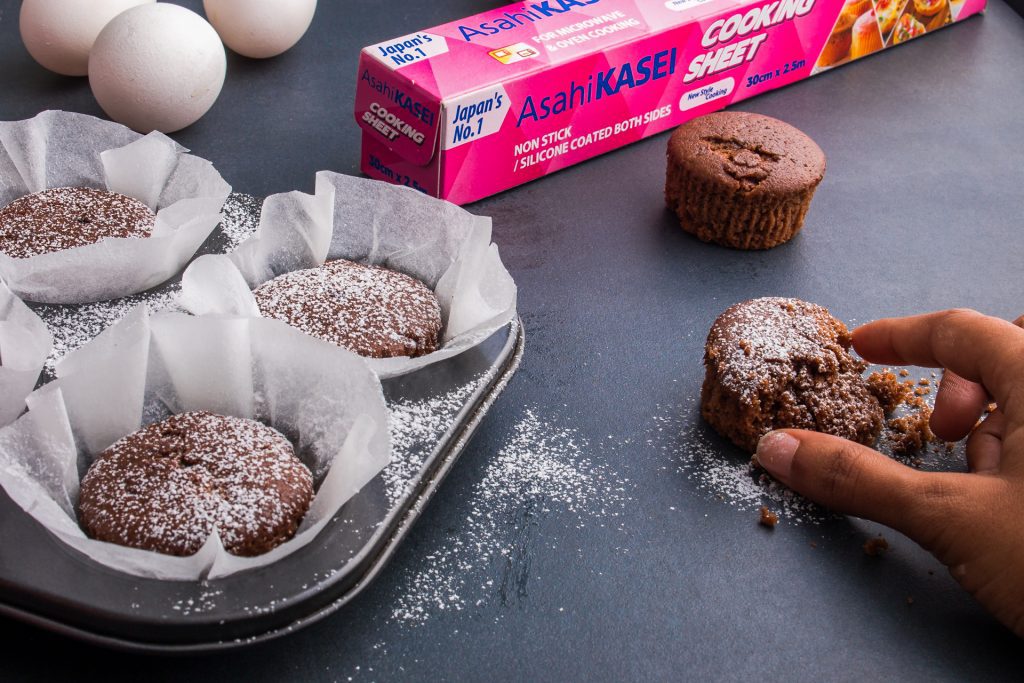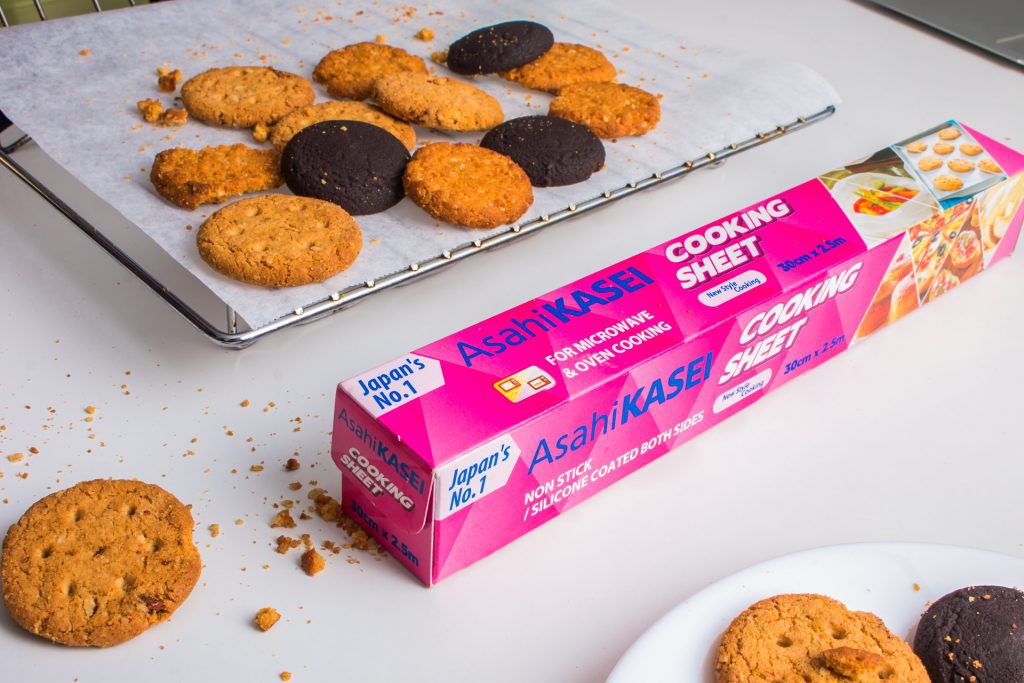The sweet aroma of cookies baking in an oven is unparalleled. But the journey from dough to delightful treats isn’t always smooth sailing. Especially when one opens the oven door to a tray of overspread cookies. Fortunately, a combination of techniques and the right tools, such as the Asahi Kasei Cooking Sheet, can make a world of difference.
Baking Paper: A Game-Changer
While many of us grew up greasing our pans, this can, unfortunately, lead to cookies that spread excessively. Enter the Asahi Kasei Cooking Sheet. This sheet, coated with silicone on both sides, offers an exceptional non-stick surface. Not only does it promise even baking, but it’s also eco-friendly and can be reused multiple times, ensuring you get value for money. Also, this premium-grade paper will not crumble even at temperatures as high as 250°C for 20 minutes, preventing your cookies from blackening or burning.
The Importance of Chilled Dough
Warm dough tends to spread out more rapidly than its cold counterpart. After preparing your dough, it’s best practice to chill it for a minimum of one hour. Once done, shape your cookies and then pop them back into the fridge for another hour. This resting and chilling process ensures that your cookies maintain their form, yielding a texture that’s thick and delicious.
The Base Matters: Keep It Cool
A hot baking tray can inadvertently cause your cookie dough to start melting even before it’s inside the oven. It’s essential to start with a room temperature tray, preferably lined with an Asahi Kasei Cooking Sheet for best results.
Precision in Measuring Flour
Flour acts as a binding agent in cookies. Too little of it and your cookies will spread due to the fat melting. Always ensure that you’re measuring your flour correctly. Use scales for precision or the spoon-and-level method if you’re measuring by volume.
Finding the Sweet Spot with Sugar and Fats
While they add flavor and texture, excessive sugars or fats can be the culprits behind those flat, spread-out cookies. Precise measurements are vital. If you find your cookies spreading too much, a touch more flour can often save the day.
Elevation Over Expansion
A little trick that can make a big difference is shaping your cookie dough into taller mounds rather than flat discs. This ensures they grow upwards when baking, rather than just spreading outwards.
The Butter’s Role: Getting It Just Right
The state of your butter can make or break your cookie. Butter that’s too warm makes the dough too soft, leading to excessive spread. Conversely, butter that’s too cold can lead to uneven mixing. Room temperature butter, which gives slightly when pressed, is what you should aim for.
Monitoring Oven Temperature
A common oversight in many kitchens is not verifying the oven’s temperature. An oven that’s too hot or too cold can significantly impact the cookie’s outcome. Investing in an oven thermometer can help you ensure consistency in all your bakes.
Whipping – Not Too Much, Not Too Little
Creaming butter and sugar introduces air into the dough, which is essential for a good cookie. However, overmixing can introduce too much air, leading to cookies that rise and then fall flat. Blend just until the mix is light and fluffy.
The Pioneer Cookie Approach
If you’re uncertain about your dough or the oven settings, bake a single cookie first. This “pioneer cookie” can provide a lot of insight and save an entire batch from potential disappointment.
Final Thoughts
Crafting the perfect cookie is an amalgamation of tried-and-true techniques, accurate measurements, and using quality tools like the Asahi Kasei Cooking Sheet. This tool, in particular, promises consistent results, ensuring that every batch you bake brings joy, not just to your palate but to your heart. In baking, as in life, it’s the small details that often make the most significant difference. So, the next time you’re in the kitchen, remember these tips, and may every batch of cookies you bake be sheer perfection!



